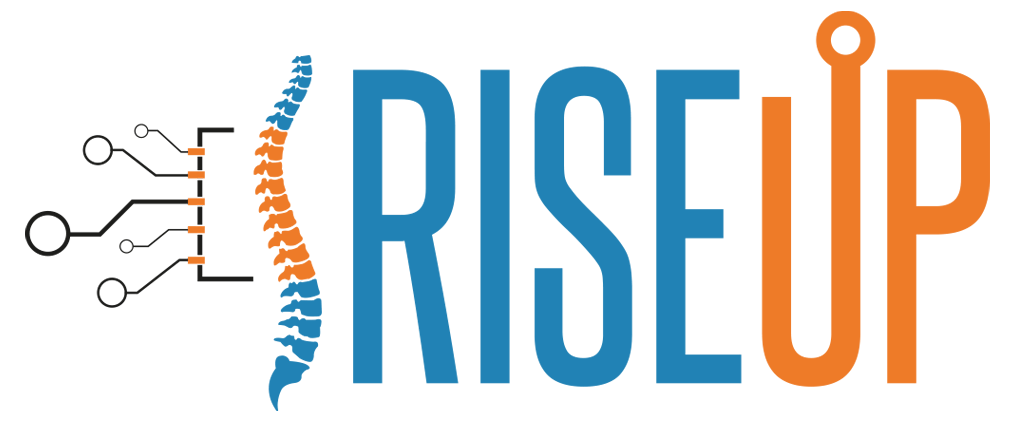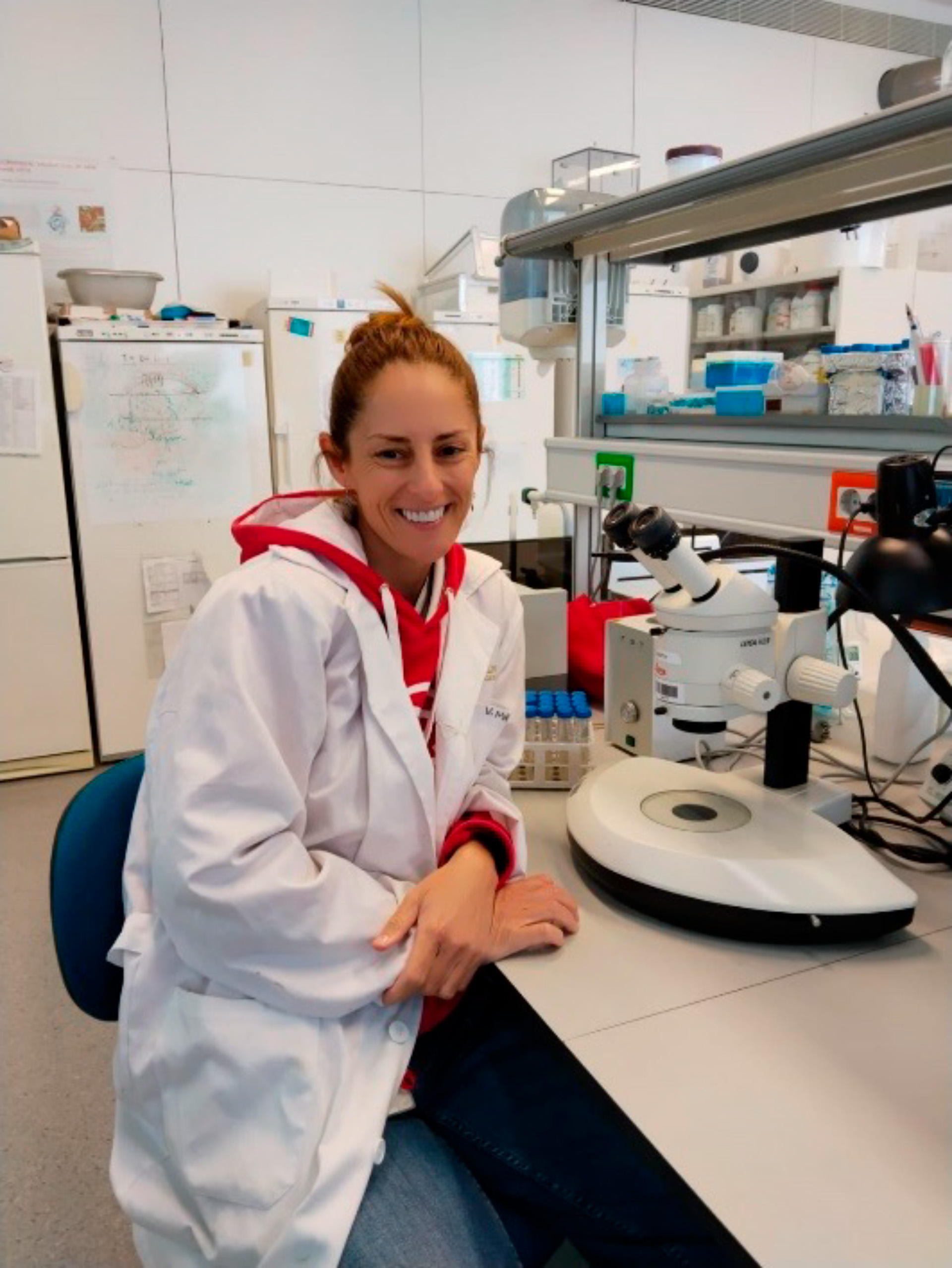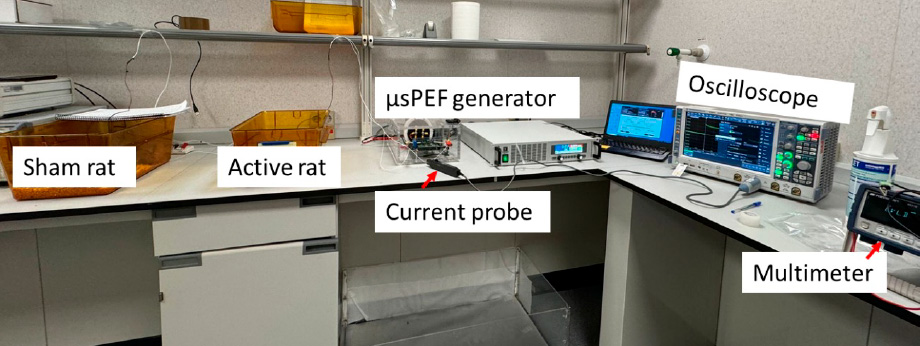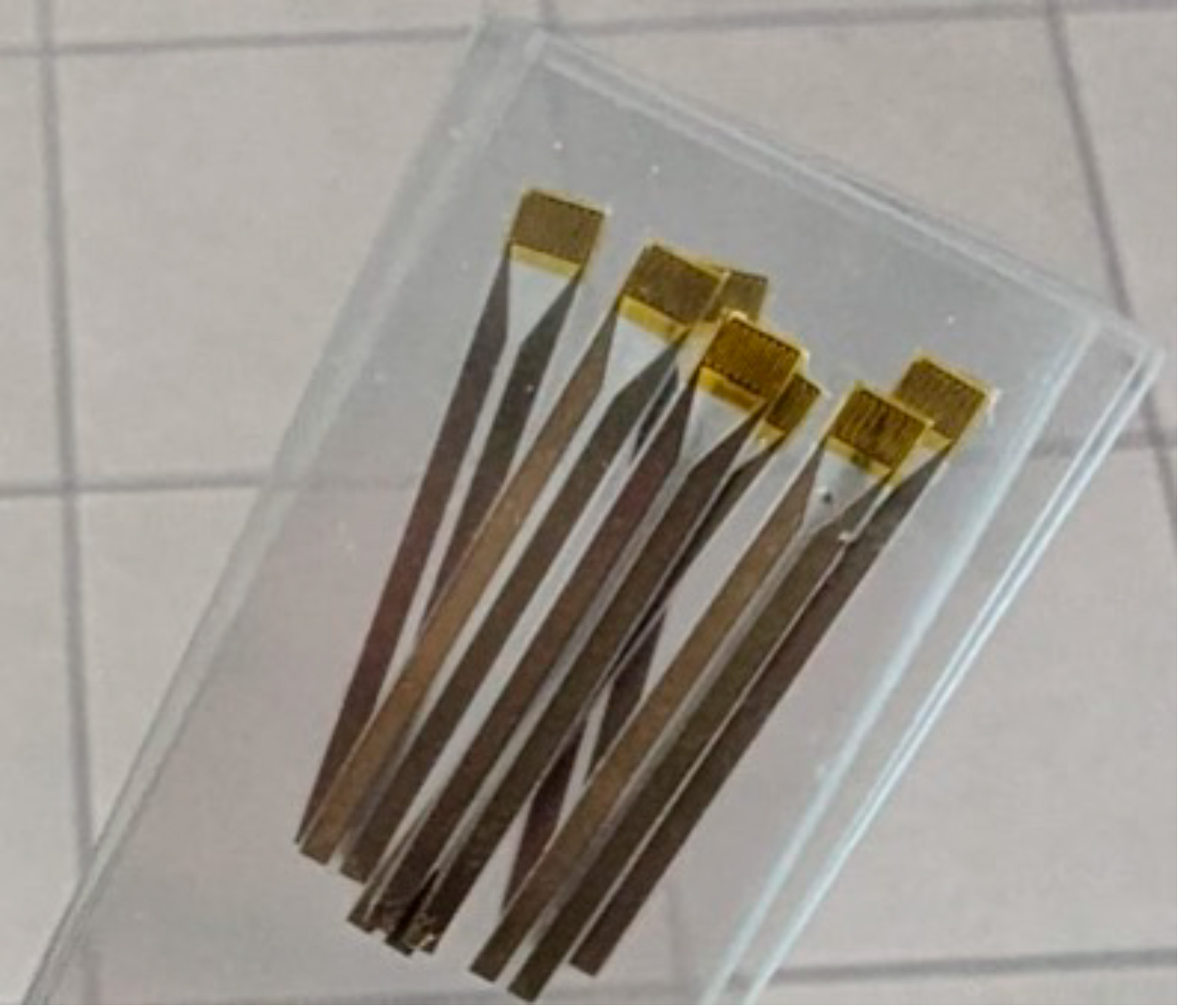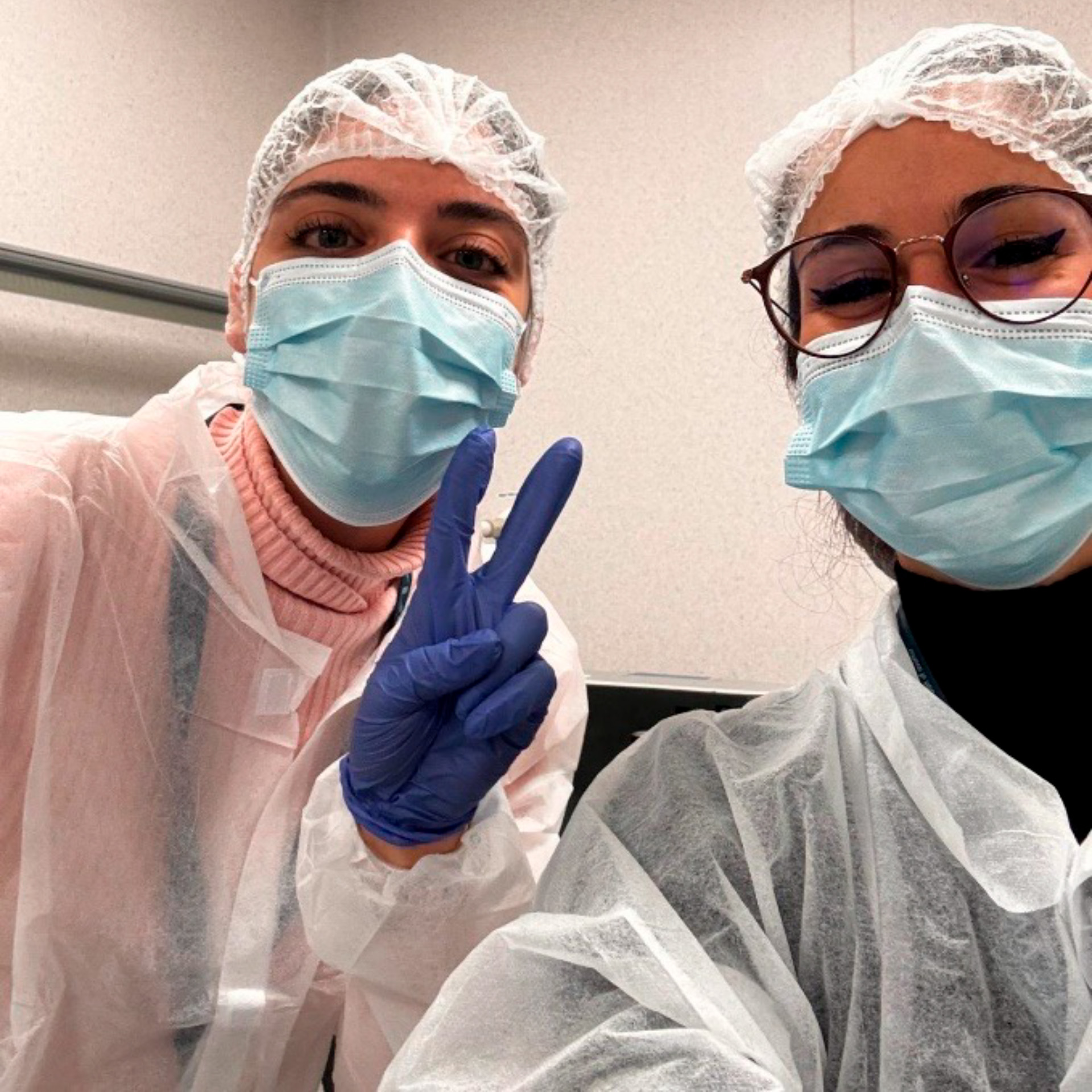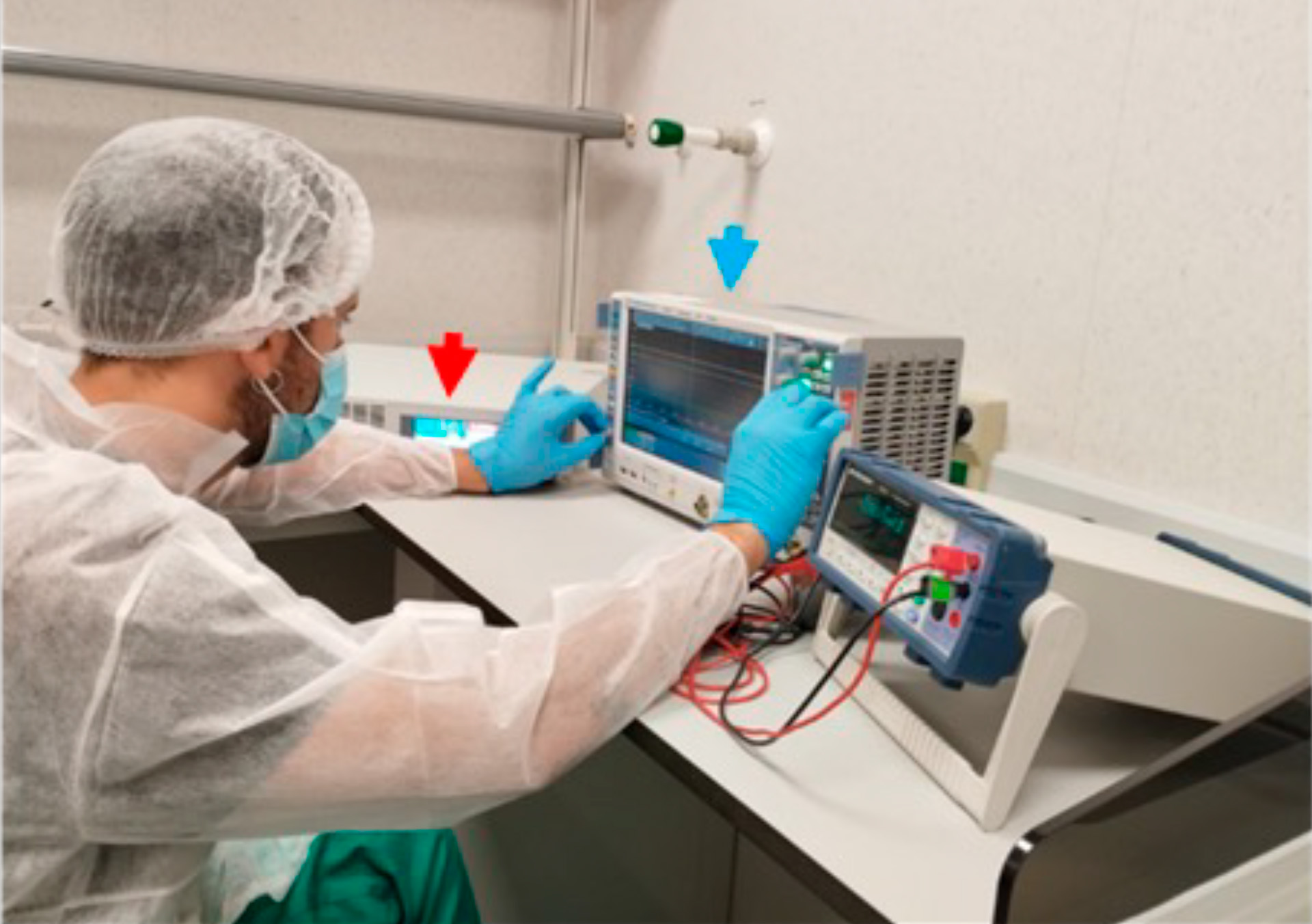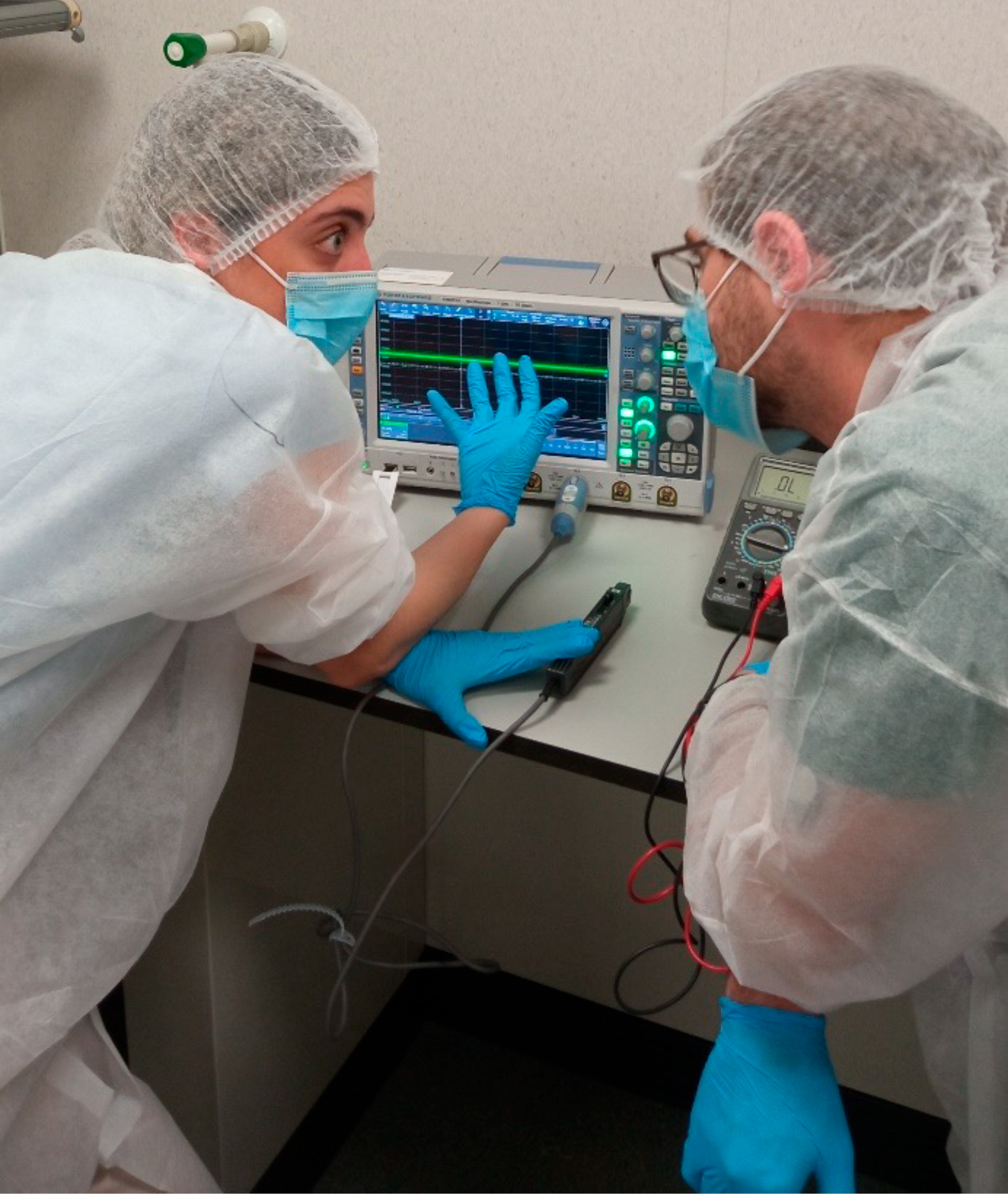NEWS & EVENTS
In vivo tests of RISEUP technology
The new technology developed in the RISEUP project and the stem cell stimulation protocol are currently being tested at the Laboratory of Neuronal and Tissue Regeneration, under the supervision of Dr. Victoria Manzano, at the Principe Felipe Research Center (www.cifp.es) in Valencia, Spain. The tests, started in recent months, are aimed at evaluating the efficacy and safety of the technology, which represents the final goal of the RISEUP Project.
The stem cell transplantation was performed using the electrified, biocompatible and flexible device, designed and exclusively produced by the Consortium, which was subdural implanted to cover the lesioned spinal cord. The entire electrical stimulation procedure was supported by Prof. Micaela Liberti and Prof. Francesca Apollonio’s team from BioEMLab Group, UNIROMA1 partner as well us Dr Manuel Monleón the Biomaterial´s expert group from UPV and by RISE Technology and ENEA engineers (Dr. Paolo Marracino and Dr. Caterina Merla), who, provided the implantable device and support with the proper execution of the procedure, monitoring the electrical stimulation protocol The implanted device has shown to be well tolerated serving as a minimally invasive platform for stem cell implantation immediately over the injured area. The applied innovative combinatory treatment based on the mix of human neural stem cells (induced from IPSC) plus mesenchymal stem cells (derived from adipocyte tissue) together with a well-defined ultra-short electric pulses stimulation program reduces the inflammatory recruitment and, therefore, reducing part of the undesirable secondary damage providing a neuroprotection solution at early stages after the injury.
CIPF team is currently performing additional studies including behavioral and functional evaluations as well as the characterization of the cellular and molecular occurring events by histological analysis.
Dr. Moreno Manzano, head of Laboratory of Neuronal and Tissue Regeneration, CIPF Valencia
The experimental set up with the instruments used for signal monitoring.
The experimental set up with the instruments used for signal monitoring.The Electrified, biocompatible and flexible device.
Dr. Fontana, PhD student (left) and Dr. Colella, Postdoctoral researcher (right) from the BioEMLab Group, UNIROMA1.
Dr Loris Mannino (post-doctoral Researcher at the Neuronal and Tissue Regeneration Laboratory, in CIPF, Valencia, Spain) setting up the stimulation protocols and the instruments to monitor the pulses after receiving his training.
Training on the use of the instruments, Sara Fontana from the BioEMLab Group, UNIROMA1 and Eric Lopez from the Neuronal and Tissue Regeneration Lab, CIPF.
